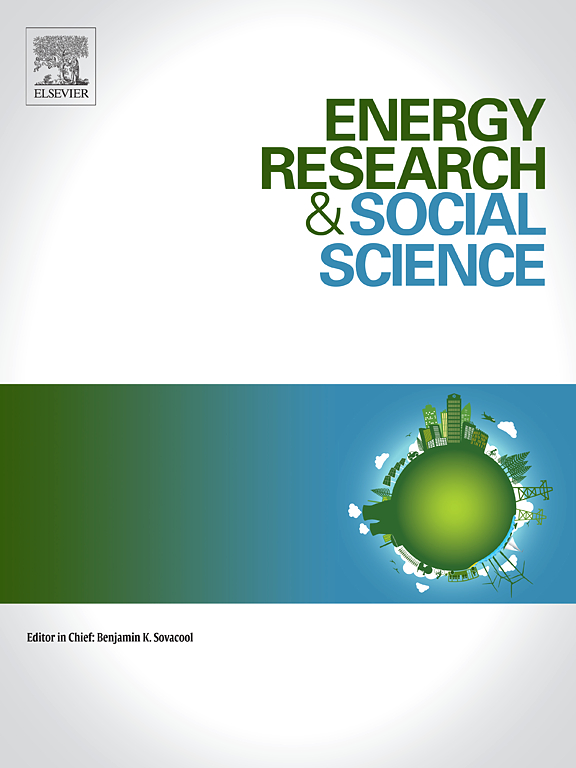From investment to net benefits: A review of guidelines and methodologies for cost–benefit analysis in the electricity sector
IF 6.9
2区 经济学
Q1 ENVIRONMENTAL STUDIES
引用次数: 0
Abstract
The electricity sector is transforming to integrate renewable energy sources while ensuring grid quality, efficiency, and reliability. Such a transformation demands major investments from both private and public stakeholders. Economic appraisal tools such as cost–benefit analysis (CBA) have become increasingly relevant in identifying investments that optimize financial and social net benefits. Despite this, many CBA applications in the electricity sector, such as those for transmission and distribution infrastructure, tend to prioritize financial metrics and single-criterion evaluations, often neglecting broader social and environmental considerations. This highlights the need for a more inclusive approach to addressing these limitations. To this end, this paper provides a comprehensive review of the literature on CBA as applied to electricity infrastructure appraisals. First, the review examines various facets of CBA methodology, including its key steps, scope, standing, metrics, models, and approaches for addressing uncertainty. Second, this study analyzes relevant CBA guidelines employed to assess electricity projects’ social costs and benefits across the entire value chain, encompassing power generation, transmission, distribution, and end-use. Third, the paper highlights challenges and barriers within CBA guidelines, noting significant variations in their development and applicability across electricity domains and regions. The review categorizes these barriers into CBA into methodological, regulatory, and domain-specific barriers. Advancing CBA requires standardizing scope, unveiling cost and benefit causal chains, enhancing uncertainty handling, and leveraging synergies across regions to bridge gaps between theory and practice.
求助全文
约1分钟内获得全文
求助全文
来源期刊

Energy Research & Social Science
ENVIRONMENTAL STUDIES-
CiteScore
14.00
自引率
16.40%
发文量
441
审稿时长
55 days
期刊介绍:
Energy Research & Social Science (ERSS) is a peer-reviewed international journal that publishes original research and review articles examining the relationship between energy systems and society. ERSS covers a range of topics revolving around the intersection of energy technologies, fuels, and resources on one side and social processes and influences - including communities of energy users, people affected by energy production, social institutions, customs, traditions, behaviors, and policies - on the other. Put another way, ERSS investigates the social system surrounding energy technology and hardware. ERSS is relevant for energy practitioners, researchers interested in the social aspects of energy production or use, and policymakers.
Energy Research & Social Science (ERSS) provides an interdisciplinary forum to discuss how social and technical issues related to energy production and consumption interact. Energy production, distribution, and consumption all have both technical and human components, and the latter involves the human causes and consequences of energy-related activities and processes as well as social structures that shape how people interact with energy systems. Energy analysis, therefore, needs to look beyond the dimensions of technology and economics to include these social and human elements.
 求助内容:
求助内容: 应助结果提醒方式:
应助结果提醒方式:


